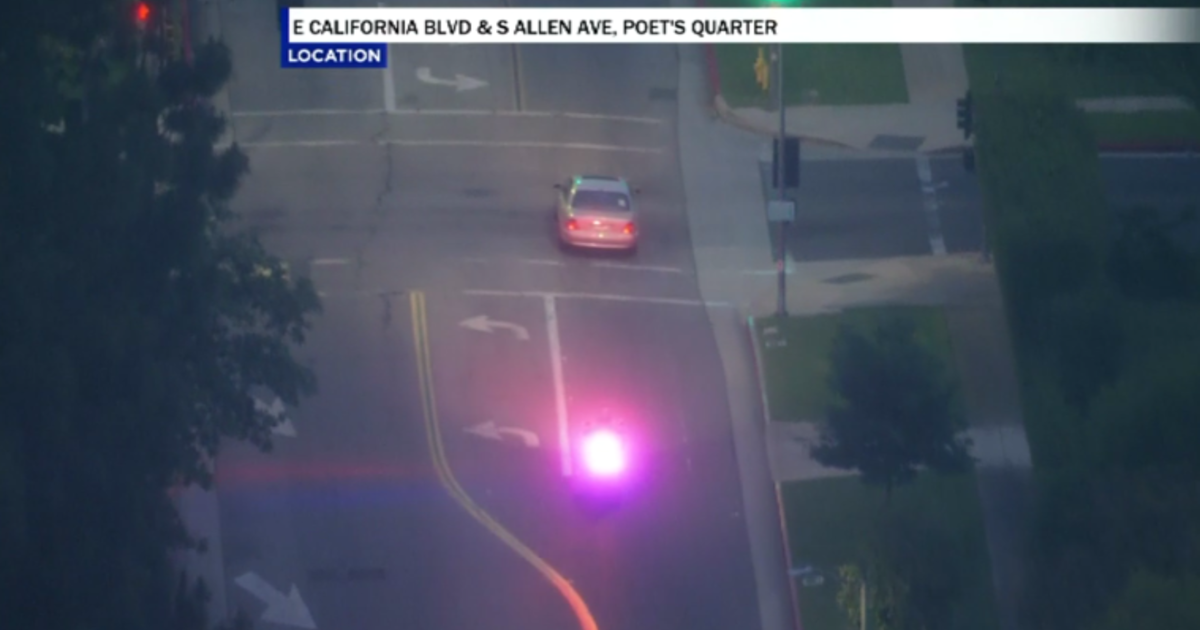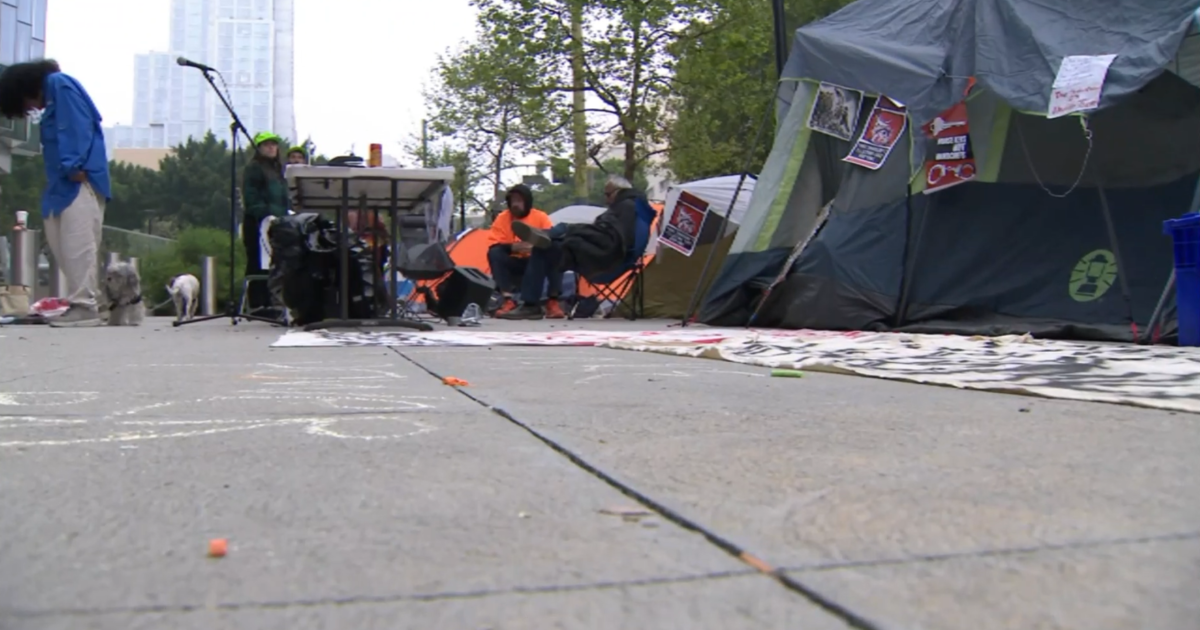Gov. Brown Proposes $96.4 Billion Spending Plan With Emphasis On Education
SACRAMENTO, Calif. (AP) — Riding a wave of state tax revenue, Gov. Jerry Brown released a budget proposal Tuesday that looks much different from the ones Californians have become accustomed to in recent years -- It has a surplus.
Brown is proposing a $96.4 billion spending plan for the coming fiscal year that starts July 1, funneling more money to K-12 schools but otherwise taking a cautionary approach to spending.
He wants to spend extra money on schools in economically disadvantaged communities, giving California a new narrative from the multi-billion dollar deficits that led to teacher layoffs, IOUs for state workers and deep spending cuts for nearly all government programs just a few years ago.
At the same time, the Democratic governor is maintaining his pledge to keep spending under control by resisting demands from within his own party to spend more freely and fully restore the safety net programs cut during the recession.
"This is not the time to break out the champagne," Brown said in revising his budget from January. "It's a call for prudence, not exuberance."
Brown's conservative outlook in revenue in the year ahead is putting him at odds with members of his own party, who are eager to spend the additional revenue to restore health care programs and social services.
He announced a spending plan that is $1.2 billion lower than he projected in January despite the state receiving $4.5 billion more than expected from personal income taxes so far this fiscal year and a surge of revenue from the sales and income taxes voters approved last fall.
The administration is taking a cautious approach in what it estimates the state will have over the next 12 to 18 months. Its forecast for growth of personal income is lower in part because the federal government did not extend a 2 percent payroll tax reduction. The governor projects that personal income growth will be only half that originally forecast this year, falling from 4.3 percent to 2.2 percent.
Brown's spending plan earned him rare praise from Republican lawmakers, who generally called hailed it as common sense approach.
"We have common ground with the governor in a belief that we cannot return to a culture of overspending that drives new budget crises," said Senate Minority Leader Bob Huff, R-Diamond Bar, said in a statement.
The governor's budget, however, sets up a showdown with his fellow Democrats in the month the Legislature has to pass a state budget.
Assembly Speaker John Perez, D-Los Angeles, called the governor's budget pessimistic and suggested that lawmakers will not have to stick with the same revenue forecast. The Legislature's nonpartisan budget analyst is expected to provide its own economic forecast.
Democrats control both houses of the California Legislature and only need a simple majority to send their budget to the governor.
Senate President Pro Tem Darrell Steinberg, D-Sacramento, said the governor proposed such a restrained budget that it left no room to restore cuts to courts, welfare, health care and the wide array of safety-net programs that have been reduced since the recession.
Advocates for the poor say California's poverty level has jumped from 6 million to 8.7 million since 2008, with 2.2 million of them children.
"I agree we must aggressively pay down our state's debt and set aside money for a reserve, but there's a disappointing aspect to this proposal," Steinberg said in a statement. "It's important that we also begin making up for some of the damage done to tens of thousands of Californians."
Brown also faces an uphill battle in getting his education funding change through the Legislature, even though he says his plan sends disadvantaged schools an extra 4 cents out of every $1.
The governor is setting aside $1.9 billion to modify the state's K-12 funding formula by giving proportionately more money to schools with high numbers of lower-income students, English-learners and foster children. But Brown's plan has been criticized by lawmakers in his own party because some of the school districts they represent are wealthier and would not see as much extra money.
While backers of Brown's proposal have characterized the proposal as a matter of civil rights, some Democrats suggested that giving disadvantaged students more money would mean that not all students would be treated equally.
"The local control funding formula is an interesting problem because it's not really a partisan issue. It's more of a geographic issue," said Assemblyman Jeff Gorell, R-Camarillo, who serves as vice chair of the Assembly Budget Committee. "I think most legislators would like to see some changes in that formula."
The governor said spending more on disadvantaged children is the right thing to do and said Democratic lawmakers "in their heart-of-hearts" want to help them.
"I think the idea in a Democratic Legislature of helping the less advantaged is very persuasive," he said.
In addition to personal income tax revenue running ahead of projections, California voters approved Brown's Proposition 30 last fall to increase the state's sales and income taxes. Under the state's education funding formula, most of the extra money will be sent to public schools.
Overall K-12 spending is projected to rise from $47.3 billion in the 2011-12 fiscal year, Brown's first budget since reclaiming the governor's office, to $66.5 billion in the 2016-17 fiscal year. His budget provides $1,046 more per student in the coming fiscal year.
Brown also is proposing to use $1 billion to help public schools implement more rigorous academic standards.
The governor faced a $25 billion deficit when he took office in January 2011. The plan he released Tuesday maintains a $1.1 billion reserve fund for unanticipated expenses.
Brown's budget proposal now goes to the Legislature, which has a June 15 deadline to pass a spending plan.
(© Copyright 2013 The Associated Press. All Rights Reserved. This material may not be published, broadcast, rewritten or redistributed.)



